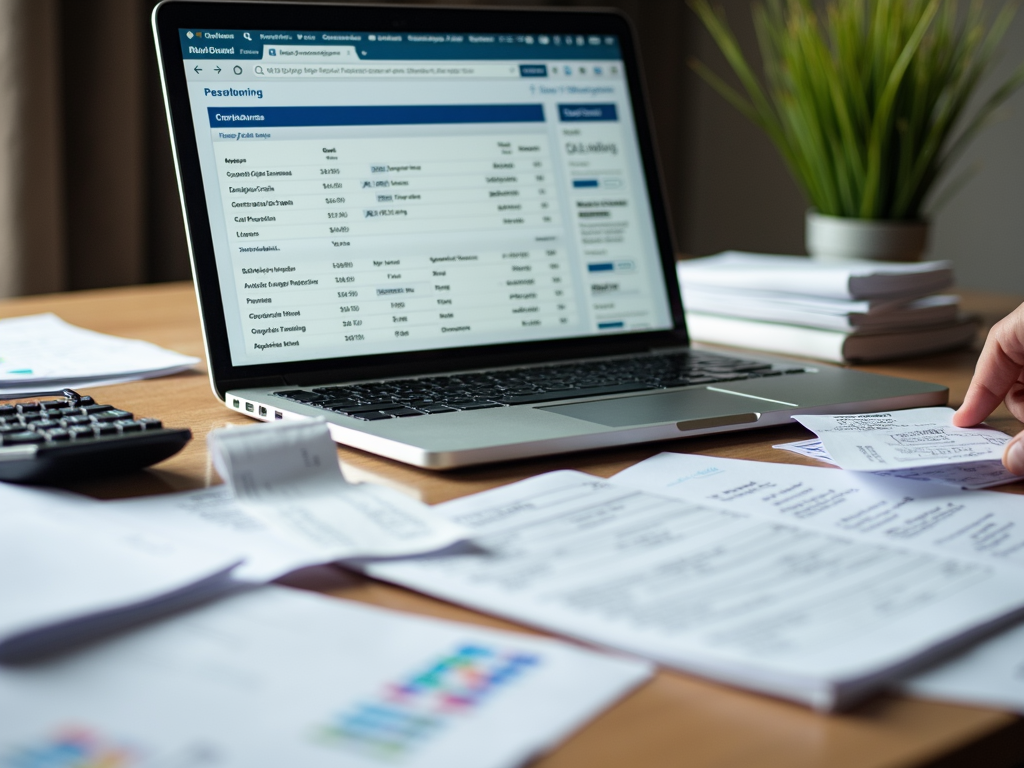For investors and private savers, the income tax declaration is not only an obligation but also an opportunity to save cash. In this article, you will discover how to reduce your tax burden through smart deductions and how to make the process more efficient with modern tools. Two chapters highlight which expenses you can deduct and which deadlines and tools can help you make the most of your income tax declaration.
Smart Tax Strategies: Make the Most of Deductible Expenses

In the overall landscape of the income tax declaration, deductible expenses are a key element for reducing the tax burden. Taking advantage of these opportunities requires a good understanding of the applicable regulations and careful planning.
Let’s start with special expenses, which are particularly significant for many taxpayers. These include, in particular, contributions to social security. Pension and social security contributions can be fully deducted, often leading to considerable tax relief. Another aspect is donations. Financial contributions to charitable organizations are not just acts of benevolence; they are also classified as tax-deductible. A frequently overlooked aspect is alimony paid to ex-partners, which can also reduce the taxable base.
Moreover, professional expenses should be utilized strategically. Among the most common are professional expenses for work tools. These include tools, but also professional clothing, which can be deducted from taxes. For more expensive purchases, it is advisable to depreciate over several years to make the most of the tax advantage. Training expenses also offer potential savings. If the courses are professionally motivated, all associated costs, from course fees to travel expenses, can be considered in the income tax declaration.
For freelancers and entrepreneurs, business expenses are of particular interest, especially concerning training costs and gifts for business partners. Recognized for tax purposes, if within certain value limits, they offer valuable levers to optimize profits.
To further increase the efficiency of the income tax declaration, it is advisable to digitize processes. Using digital tools not only reduces administrative workload but also allows for more accurate data collection and processing.
Finally, it is wise to take advantage of the services of an accountant. Professional tax advice can help identify further optimization opportunities and fully leverage all tax benefits. In this way, deductible expenses are not just an obligation that reduces the burden but become a strategic measure in your financial planning.
Meet Deadlines and Optimize Tools: Simplify Your Income Tax Declaration for 2023

In the world of income tax declarations, deadlines and tools are decisive factors that can make the difference between a stress-free process and a frantic last-minute assertion. To get the most out of your income tax declaration, it is crucial to be aware of the deadlines to be met and to use the available tools that can allow for optimizations.
Deadlines in Focus
First, it is important to know that the deadline for the income tax declaration in Germany is generally July 31 of the following year unless an extension is requested. In this regard, the ELSTER portal is a reliable online platform for submitting the declaration on time and without complications. For businesses in Switzerland, starting in 2025, it is mandatory to submit VAT in digital format through the ESTV portal. This transition requires timely adjustments to avoid negative consequences.
At the same time, the so-called holding periods for cryptocurrencies offer opportunities for tax optimization. In fact, cryptocurrencies remain tax-exempt after a holding period of more than 12 months, which investors can strategically exploit to reduce capital gains taxes.
Efficient Use of Tools
Digitalization has made it possible to access a range of useful tools that simplify the tax process. One of the most useful tools is the use of cryptocurrency tax calculation tools, which not only help to meet compliance requirements but also assist with the tax optimization of cryptocurrencies. If your investment strategy includes ETF savings plans, dollar-cost averaging models, through consistent investments, can ensure stable long-term returns in this case as well.
In addition, a learning management system (LMS) can play a significant role, especially for companies. It allows for efficient training management and can help save costs by recording and optimizing individual learning progress. This technology brings business efficiency to a new level, providing necessary qualifications while simultaneously reducing administrative work.
Optimization through Digitalization
When it comes to achieving optimizations, digitalization is a powerful tool. Digital tools can automate administrative tasks, saving not only time but also minimizing margins for error. Use automation to focus on strategic decisions and optimize your financial situation.
Ultimately, meeting deadlines, along with a savvy use of digital tools and strategies, can have a significant impact on the success of your income tax declaration. Through a thoughtful approach to tax filing, it is possible to keep both efforts and costs low while fully leveraging the potential for tax savings.